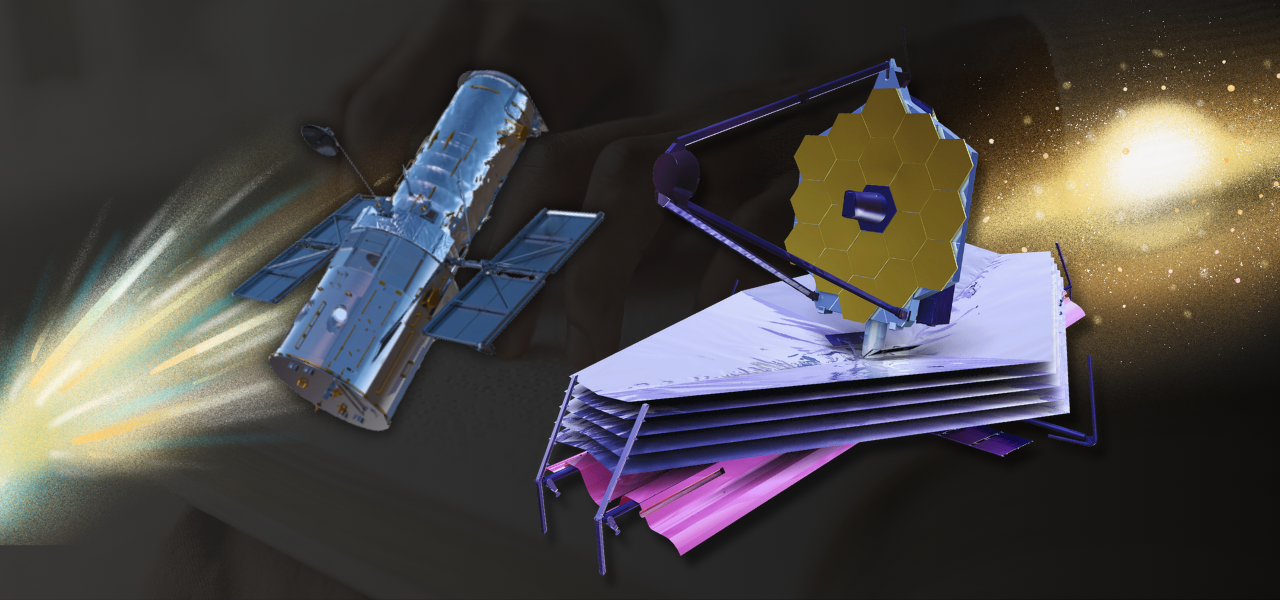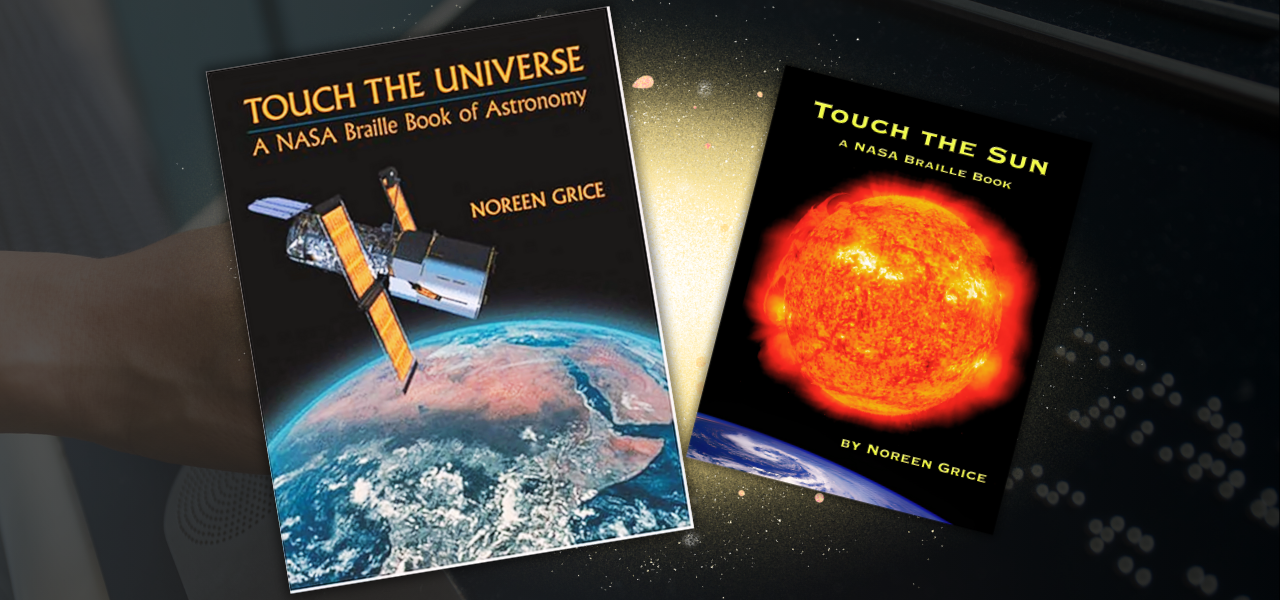Discovering the Universe, or Feeling Space
The sky – and especially the stars – have always fascinated people. This curiosity grew even stronger after Galileo Galilei, in 1609, decided to use a telescope – previously intended for maritime observation – to look at the sky.
Through Galileo’s Eyes
Of course, astronomy and the profession of astronomer existed long before Galileo looked at the stars, but it was only after him that the stars – and the vastness of space around them – stopped being mysterious. Since then, interest in what happens in space has been placed on a solid professional and technological foundation. Today, we are no longer surprised by photos from the Hubble Space Telescope, images of the Moon’s far side, or the rings of Saturn.
Stars, supernovae, black holes, and other galaxies – these have become more accessible in the 21st century than ever before. Although the profession of astronomer has lost much of its romantic allure, some aspects have become even more remarkable with today’s technology than they were in Galileo’s time. Galileo and his gaze at the sky forever changed humanity’s relationship with the Universe.
Not Just Through Sight

We are used to observing the Universe visually, to watching the stars. This has been the norm for centuries. Those with impaired vision, or who lost their sight to such an extent that even reading became impossible, had no way to see the sky or understand what is happening in space, let alone become astronomers.
But what if our eyes are not the only tools we have for perceiving and understanding the cosmos?
Advances such as the development of radio telescopes, early satellites transmitting signals to the Mission Control Center in Houston (a division of NASA’s Johnson Space Center), and the Hubble Space Telescope – launched in 1990 – have allowed us to see the stars, galaxies, and the universe in new ways. It was at the Mission Control Center that the now-famous phrase “Houston, we’ve had a problem” was received from the Apollo 13 spacecraft.
Space Through Books

In the books Touch the Universe (2002) and Touch the Sun (2025), printed in Braille, numerous images sent by the Hubble Telescope and photographs of solar activity are transformed into 3D maps, printed on special paper. Now, those blind since birth –or who lost their vision later in life – can experience light through touch, and feel sunspot textures and galactic spirals. Science becomes accessible – not just in theory, but in physical form.
Tactile models of the Moon’s surface (lunar craters) and Mars, created by NASA, allow people to feel these two celestial bodies that have captured the human imagination for millennia. The models offer a way to study the terrain of Earth’s satellite and the still-mysterious Red Planet. Some models include thermal markers that provide additional sensory detail. Photographs from the James Webb Space Telescope have also been translated into tactile and audio formats, enabling even deeper engagement.
Thanks to these NASA projects, astronomy is now accessible to those who cannot see.
Touch the Universe
Touch the Universe is a unique astronomy book designed for visually impaired readers. The book combines Braille text with stunning images from the Hubble Space Telescope and features tactile illustrations of various astronomical objects – stars, galaxies, supernovae, and more.
Author Noreen Grice writes: “A visually impaired person can still touch and smell a flower, or a tree, or an animal, but he or she could only imagine what an astronomical object is like … until now.”
Touch the Sun
Touch the Sun is a book filled with raised images and combined text printed in both traditional and Braille scripts. It explores the nature of the center of our Solar System – the Sun. The book focuses on the Sun’s internal layers, sunspots and their nature, solar storms, and how they affect our planet Earth.
NASA’s Contribution to Space Exploration
The National Aeronautics and Space Administration (NASA) has convincingly and dispassionately shown that exploring the cosmos and understanding what happens in the Universe does not depend on eyesight alone. Through textured models and sonified data, space has become more accessible. Space is truly open to anyone with the will to explore.
Explore the wonders of space and NASA’s discoveries—read our blog Seeing the Universe with NASA.
